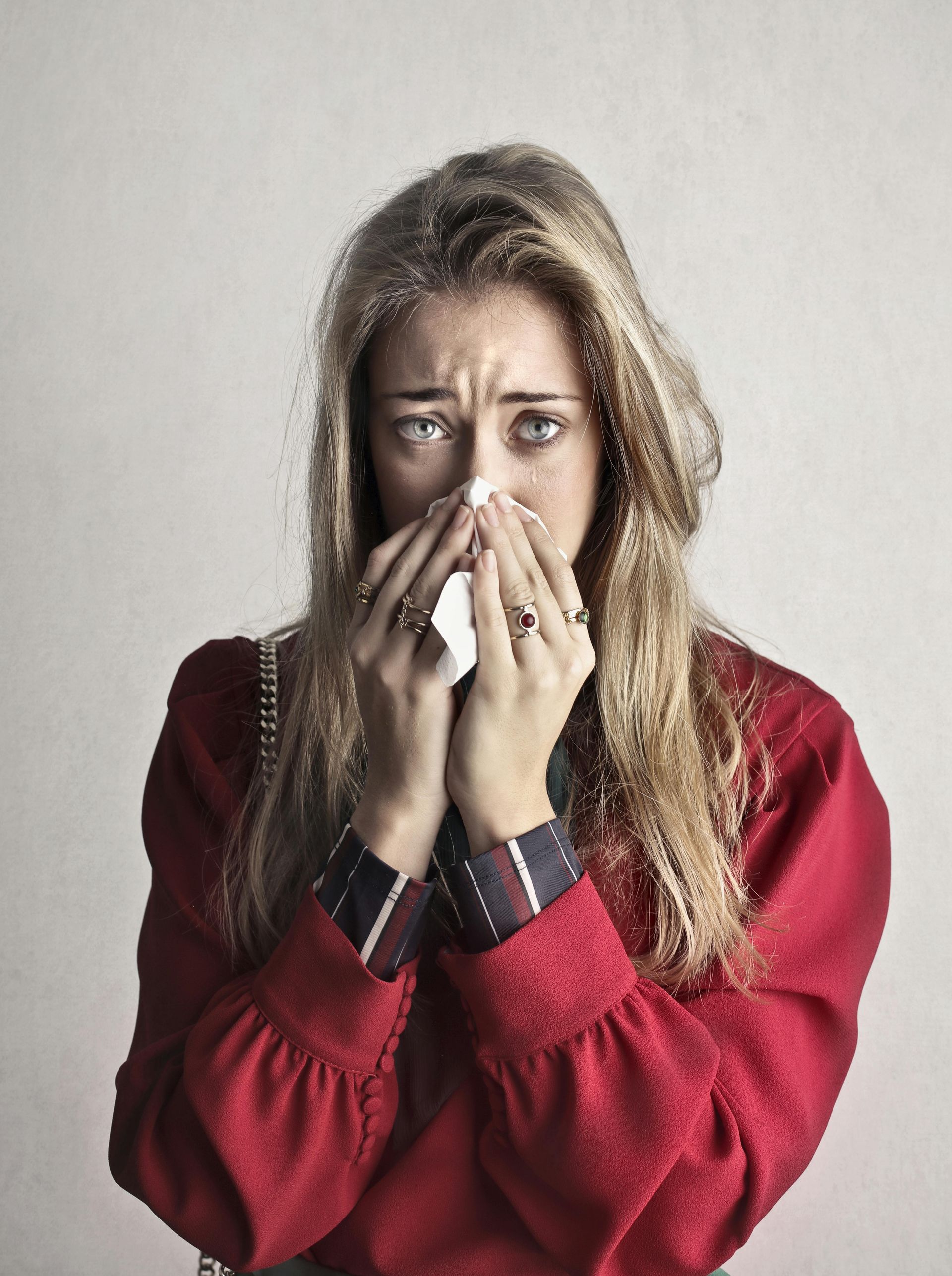Menopause is a Journey Series, Part 3: An Encouraging Update in Women’s Hormone Health
Menopause is a Journey Series, Part 3: An Encouraging Update in Women’s Hormone Health

In the first two parts of this series, we explored the complexity of menopause and the confusion created by the early interpretations of the Women’s Health Initiative (WHI) study. Many women were left without clear guidance, and for over two decades, those misunderstandings shaped how hormone therapy was viewed.
Today, I want to share an encouraging development that reflects the growing clarity around menopausal care.
The FDA has recently begun removing the long-standing black-box warning from estrogen-based hormone therapy.
This update acknowledges what many years of research have shown — that hormone therapy, when used thoughtfully and in the right context, can be a safe and meaningful part of supporting women through menopause.
Why this matters
Current evidence continues to support that:
- Hormone therapy is most effective and safest when started before age 60 or within 10 years of menopause, and
- Bioidentical and transdermal options offer favorable safety profiles for many women.
While the strongest research supports early initiation, I also want women to know that this doesn’t automatically exclude those who are further past menopause. With the right cardiac and metabolic evaluation — such as labs, a heart assessment, or a coronary artery calcium (CAC) score — some women in their 60s and 70s may still be good candidates and often notice meaningful improvements in sleep, mood, cognition, bone and mineral density, sexual health, skin, hair, and overall wellbeing.
Voices helping shift the national conversation
One of the influential voices in this movement has been Dr. Rachel S. Rubin, a nationally recognized urologist and sexual medicine specialist. She has participated in congressional testimony and ongoing advocacy efforts encouraging the FDA to update hormone therapy warnings to reflect modern science and patient needs.
Dr. Rubin emphasizes both safety and the broader public-health implications of appropriate hormone therapy:
“These vaginal hormone therapies are safe … we will save lives, we will save money, and we will save so much of healthcare.”
“We have publications … that show we could save Medicare billions of dollars a year if women were given safe and effective vaginal hormone therapy.”
Professional organizations echo this reassurance. The Menopause Society (formerly NAMS) states:
“Hormone therapy remains the most effective treatment for vasomotor symptoms (VMS) and the genitourinary syndrome of menopause and has been shown to prevent bone loss and fracture.”
These perspectives reflect a broader shift toward more accurate, evidence-based understanding of hormone therapy — one that supports women, rather than discourages them.
A steady step forward
For the past 11 years at The Healing Collective, our team has been honored to support women through the menopausal transition using an individualized and integrative approach. This FDA update aligns with what we’ve consistently seen in practice — women benefit from compassionate, informed, personalized care, not fear-based messages.
While this change is reassuring, it’s also one step toward broader improvements in women’s hormonal care. We’re hopeful it will pave the way for:
- More progesterone dosing options through commercial pharmacies
- Standardized testosterone options for women
- Clearer guidance and education for both patients and providers
Moving forward together
In the upcoming parts of this series, we’ll continue sharing how we approach hormone therapy safely and effectively — including personalized dosing, monitoring, and how hormones fit into a larger whole-body healing plan.
Menopause is a transition — unique for each woman — and it deserves thoughtful, evidence-based support.
Be well,
Tracy Shulsinger, FNP












